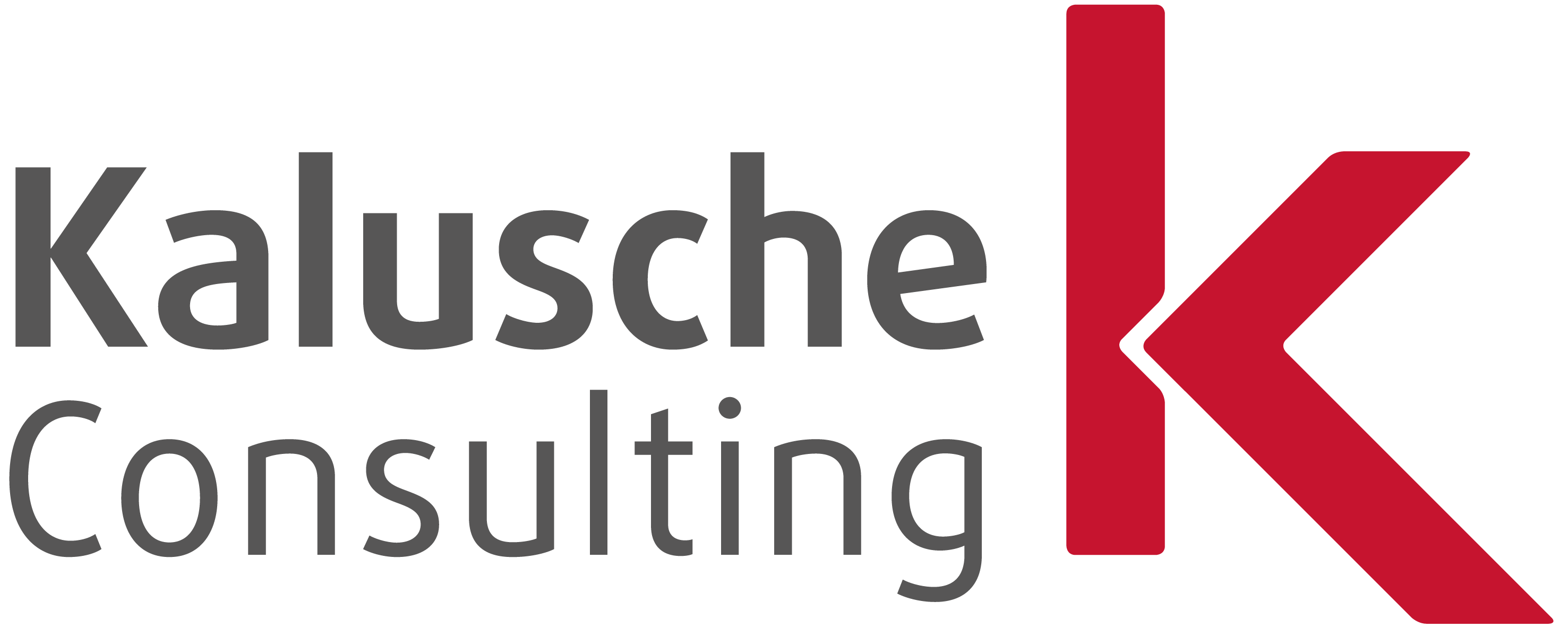INTERVIEW WITH SONJA KALUSCHE
High-performance teams – when enthusiasm, professionalism and team spirit come together.
High performance team or team? What is the difference, what role does leadership play in this? How can it be possible to establish and maintain performance sustainably in the company without the individual being sucked out? Sonja Kalusche gives exciting insights from her own professional experience.

What distinguishes a high-performance team?
You could also say “mature” team, which is a good synonym for high performance team. A mature team is a team that is very clear about where to go, what the goal is, the roles and how to deal with each other. This means that the values and the culture are described. High-performance teams are teams that are capable of performing at their best over a very long period of time.
Why is it not enough just to be good?
Each team has to decide for itself. It may also be enough to be good. There are football teams that are enough to be able to just play football. Any regional league – or even smaller clubs are also football teams. What they are not able to do, however, is to perform at a peak. Depending on the task and the objective, it can be very worthwhile to be a top team.
What role does managers’ leadership play in team development?
In my view, leadership plays a very important role. Leadership is needed more than management. Leadership means above all having this “big picture”, the look forward, the vision of where it should go and being able to carry this communicatively into the team. Leadership also means knowing the strengths and weaknesses of the individual and using the team members exactly according to their strengths and weaknesses (keyword Ability Management). But it also means challenging people. I also think that’s part of leading mature teams or high-performance teams. Who may not yet be at his potential? How can we intervene? And how can I promote a person to experience a WOW effect?
What do you think is the right strategy for leading high-performance teams? More leadership or more self-control within the teams?
I would say it needs both. A high-performance team will organize itself. That is part of the law. A great deal will take place without the manager having to micromanage. At the same time, every team needs leadership in the sense of: I’m there, I see you. Team members receive appreciation. Similar to football teams, a leader needs to pick out, refine, improve, provide feedback and control the small moments. What is not possible is to lead a high-performance team very closely, i.e. not to let the topic of self-organization come true.
Where do you start when it comes to making a team a top team?
There is a long way to go. It needs a clear goal, a mission and a vision. In addition, there is a need for structures that enable teamwork, i.e. structures in which cooperation and joint learning is possible. Feedback is a central control tool in high-performance teams. A common demand for performance is required and this demand for performance needs to be claimed – by the manager as well as by the team members. The ability of these teams is also to be able to make so-called pit stops. This is exactly the service that Kalusche Consulting can offer here. We accompany these top and high-performance teams to make a pit stop and to see where they are at the moment, what is going really well, what can still be expanded and where there are still small hurdles to overcome. What do we have to work on so that a peak performance can really be created in a sustainable way?
How do you ensure sustainability to maintain high performance?
A very exciting topic, especially in times of burn-out. From yoga I know a motto that reads: “Relaxation and tension in a good balance”. This can also be easily applied to high-performance teams. No system or team is able to perform at high performance in the long run. It is the responsibility of the leadership to realize that the team is in a flow and performs at high performance. At the same time, it is the responsibility of the manager to ensure pit stops or even relief phases for the team. This can apply to an entire team or to individual team members. So you have to balance tension and relaxation. This is a very important point when it comes to sustainability. The topic of relaxation also includes the topic of learning. All high-performance teams will have to face this “lifelong learning process”. In my experience, they do. But that takes time. And you get them through these pit stops, which make it possible to deal with something else, to listen to other topics and to see if there is something interesting about it. These are all points that need to be brought in through the manager and which lead to sustainability in the long term.


